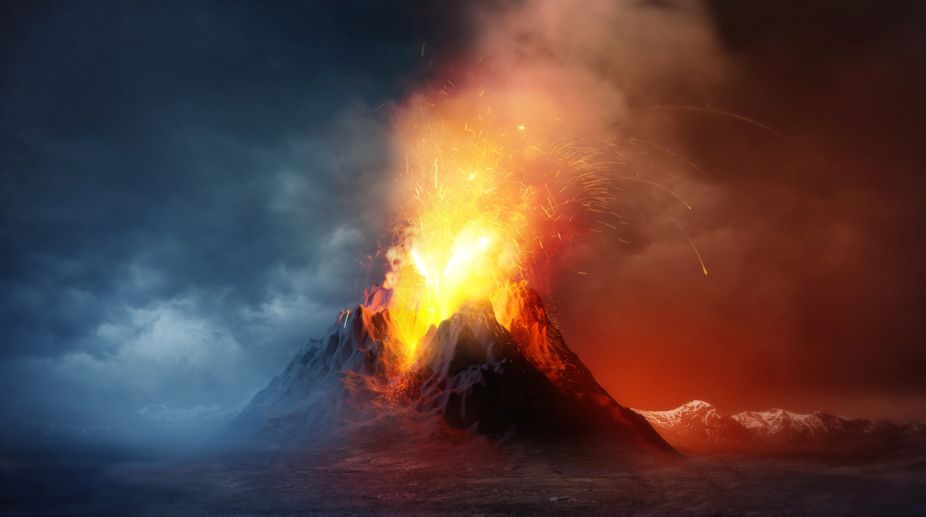Authorities in the Indonesian island of Bali on Sunday raised the flight warning level to the highest — from orange to red — as the Mt Agung volcano continued to spew columns of ash up to 4,000 meters high, official sources said.
Around twenty flights to and from Bali, the main tourist destination in Indonesia that records around 200,000 foreign tourists annually, were cancelled on Saturday night, stranding more than 2,000 people, Efe reported.
Advertisement
“The volcano and movement of ash cloud are highly unpredictable which means we may need to cancel flights at short notice,” Australian low-cost airline Jetstar said on its website.
On Sunday, Qantas and Jetstar had cancelled two flights, while over a dozen were delayed. Several domestic flights to the nearby island of Lombok were also delayed or cancelled.
Low-cost carrier AirAsia had also announced on Sunday the cancellation of 32 flights to and from the Indonesian islands of Bali and Lombok. Indonesia’s flagship carrier Garuda also announced that it was cancelling all flights on Sunday to and from Lombok.
Meanwhile, Sutopo Purwo Nugroho, director of information of the National Board for Disaster Management (BNBP), had said in a statement that the island was safe and the Gusti Ngurah Rai airport and the Lombok international airport were functioning as usual.
The BNBP had also retained the eruption alert level at three and warned of ash rain in at least seven localities on the island.
On Saturday night, Nugroho had urged local people and tourists to remain calm and guard against the effect of the ash rain, adding that an exclusion zone established around the crater continued to remain at a radius of 6-7.5 km (3.7-4.7 miles).
The volcano, located in the eastern part of the island, in the Karangasem district, is away from a majority of the tourist attractions in Bali. More than 25,000 residents of Karangasem district continue to be displaced owing to the eruption alert although the number had reached 140,000 at the end of September.
On Tuesday, the volcano had expelled a 700 metre high cloud of black vapour, the first non-magmatic discharge since 1963 and 1964, when the eruptions had lasted almost a year and caused more than 1,100 deaths.
Indonesia sits on the Pacific Ring of Fire, a region that records high seismic and volcanic activities, and experiences thousands of tremors – mostly moderate – every year.









